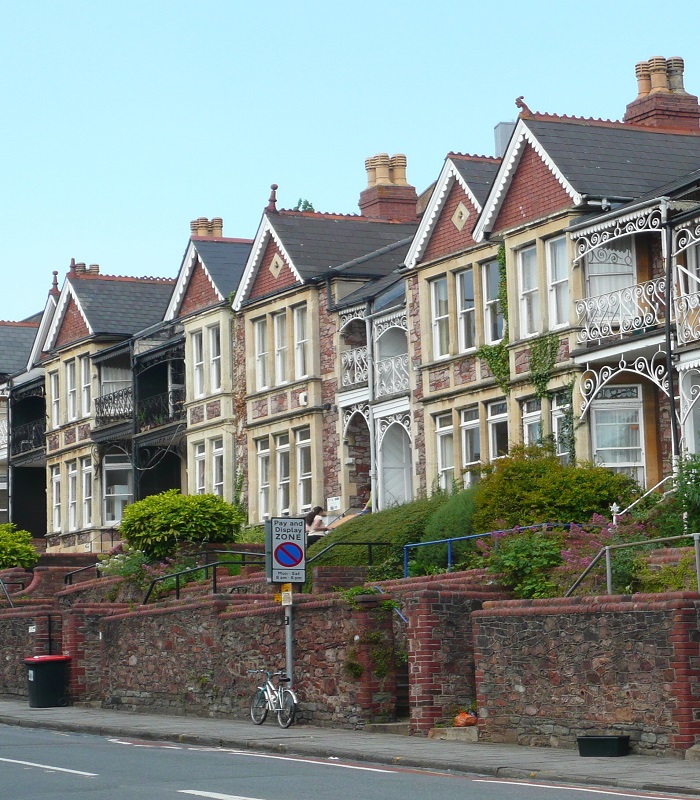Listed Buildings have over the years been a significant part of our business and require a high level of sensitivity to the buildings, whilst at the same time providing a full and thorough survey. Sites have included:

Alexandra Palace, London – Grade II Listed
Brighton Hippodrome, Brighton – Grade II* Listed
Canterbury Cathedral, Canterbury – Grade I Listed
Chelsea & Westminster Hospital, London – Grade II Listed
Lambeth Fire Station, London – Grade II Listed
Queens Chapel of the Savoy, London – Grade II* Listed
Royal Air Force Museum, London – Grade II Listed
Royal Sussex County Hospital, Brighton – Grade II Listed
Shaftesbury Theatre, London – Grade II Listed
University of Sussex, Falmer – Grade I to Grade II* Listed
Woolwich Old Town Hall, London – Grade II Listed
A common misconception that surrounds buildings of this nature is that they won’t contain asbestos as they are often very old buildings. This is far from the case, as although some of these buildings may not have had asbestos-containing materials used in the existing construction, it may have been added in at a later date, commonly for fire protection or insulation purposes and sometimes it will be in the most unlikely of places, the church organ for instance.
Asbestos in listed buildings FAQs
Buildings FAQs
What is a listed building?
A listed building is a building or structure that has been designated as having special architectural or historical importance. These buildings are protected by law and any alterations or renovations must be approved by the local planning authority.
Can listed buildings contain asbestos?
Yes, many listed buildings may contain asbestos-containing materials (ACMs) in areas such as walls, ceilings, and roofs. Asbestos was widely used in construction in the UK from the 1950s to the 1980s, particularly for insulation and fireproofing, and just because asbestos was not used in the original construction, does not mean it hasn’t been added in more recent years.
Why is asbestos dangerous in listed buildings?
Asbestos fibres can become airborne when disturbed, which can lead to serious health problems if inhaled. In addition, removing or disturbing asbestos in a listed building can also damage the historical integrity of the building.
How do I know if a listed building contains asbestos?
The only way to know for sure if a listed building contains asbestos is to conduct a thorough asbestos survey. This survey should be conducted by a qualified and experienced asbestos surveyor who will identify the location and condition of any ACMs.
What should I do if my listed building contains asbestos?
If the listed building contains asbestos and is a commercial property, it is important to develop an asbestos management plan to ensure the safety of workers and visitors and to preserve the historical integrity of the building. This plan should include measures such as regular inspections and maintenance of any ACMs, and guidelines for safe removal or encapsulation of the materials if necessary. Listed buildings may also be private dwellings, so whilst they may not require a formal asbestos management plan, the duty of care to those undertaking work in the property still applies as with any residential property, listed or not.
Can asbestos be removed from a listed building?
Yes, asbestos can be removed from a listed building. As is the case with all buildings, certain materials must be removed by a Licensed Asbestos Removal Contractor, but in all cases, it must be undertaken by suitably qualified personnel in accordance with HSE guidance. In addition, due to be a listed building, the removal will also need to be approved by the local planning authority, or relevant parties, e.g. English Heritage.
Can asbestos be left in place in a listed building?
Yes, if asbestos is sealed, in good condition and unlikely to be disturbed then it can remain in situ and if it is a commercial property then it should be subject to asbestos reinspections at regular intervals.
How often should asbestos be inspected in a listed building?
If the listed building is a commercial premises, then as is the case for all commercial premises, reinspections should be undertaken at regular intervals, most commonly on an annual basis.
Who is responsible for managing asbestos in a listed building?
As with all buildings, the owner or occupier is responsible for managing the asbestos. If it is a commercial premises, then it is important to appoint a responsible person to oversee the asbestos management plan.
Is there any financial assistance available for managing asbestos in listed buildings?
There is some financial assistance available for managing asbestos in listed buildings, such as grants from the Heritage Lottery Fund or the Listed Places of Worship Grant Scheme. However, these grants are limited and competitive, and it is important to consult with local authorities or historical societies to understand the availability of such grants.
